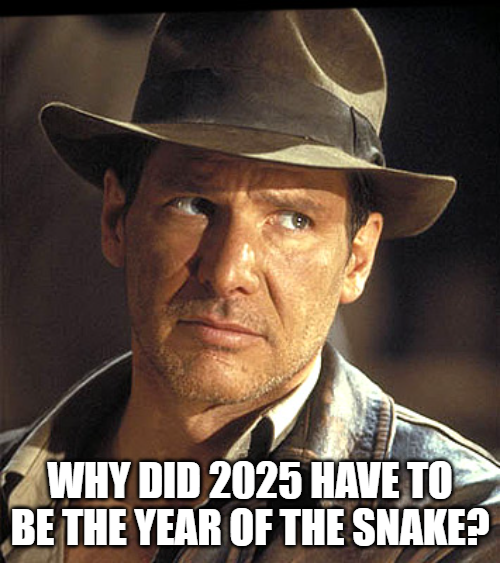There is a lot of talk in politics concerning the “Overton window,” the range of discourse that is acceptable to the mainstream population at a given point in time.
While a window defines a space, another key and related metaphor defines an object. A framework provides a central point or idea from which other concepts can hang (or, more importantly, collect). While a friend of mine said that the better metaphor would be a magnet, given that it “attracts,” the framework is better conceptually because it defines something that one consciously constructs.
Trump has shown himself to be a master at constructing new political frameworks that redefine the political landscape. He has been called crazy, but sometimes it’s crazy like a fox. His comments, often outrageous, shock the existing political system and allow new political movements to form and ideas to be injected into the political discourse. His promise to build a “big, beautiful wall” was not only to be both a deliverable and a symbol of his commitment to securing the southern border, but provided a new framework for how to deal with the problem of illegal immigration. Trump was reframing illegal immigration as something to be decisively stopped at the border rather than managed. The same with his “Remain in Mexico” policy which functioned as a virtual wall, enlisting Mexicans into stopping immigrants from approaching their aside of the border
